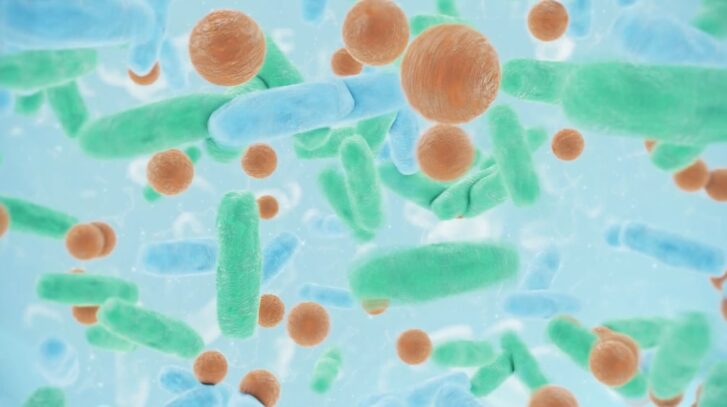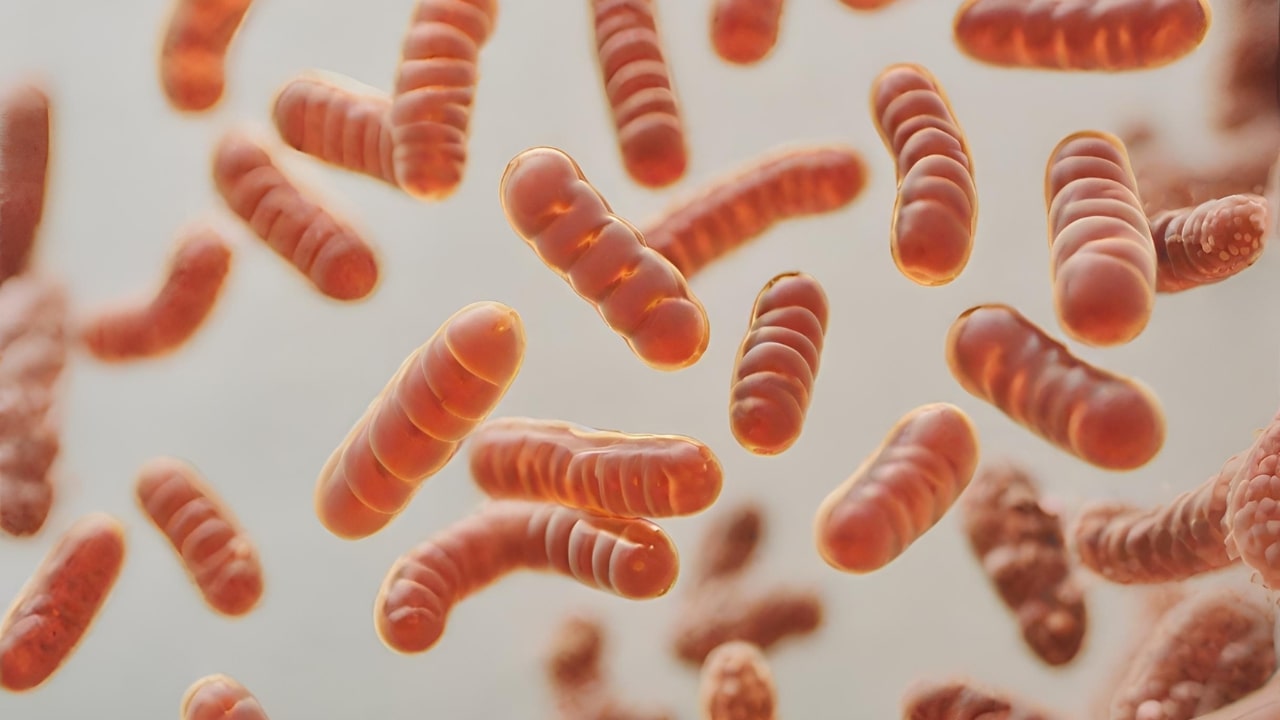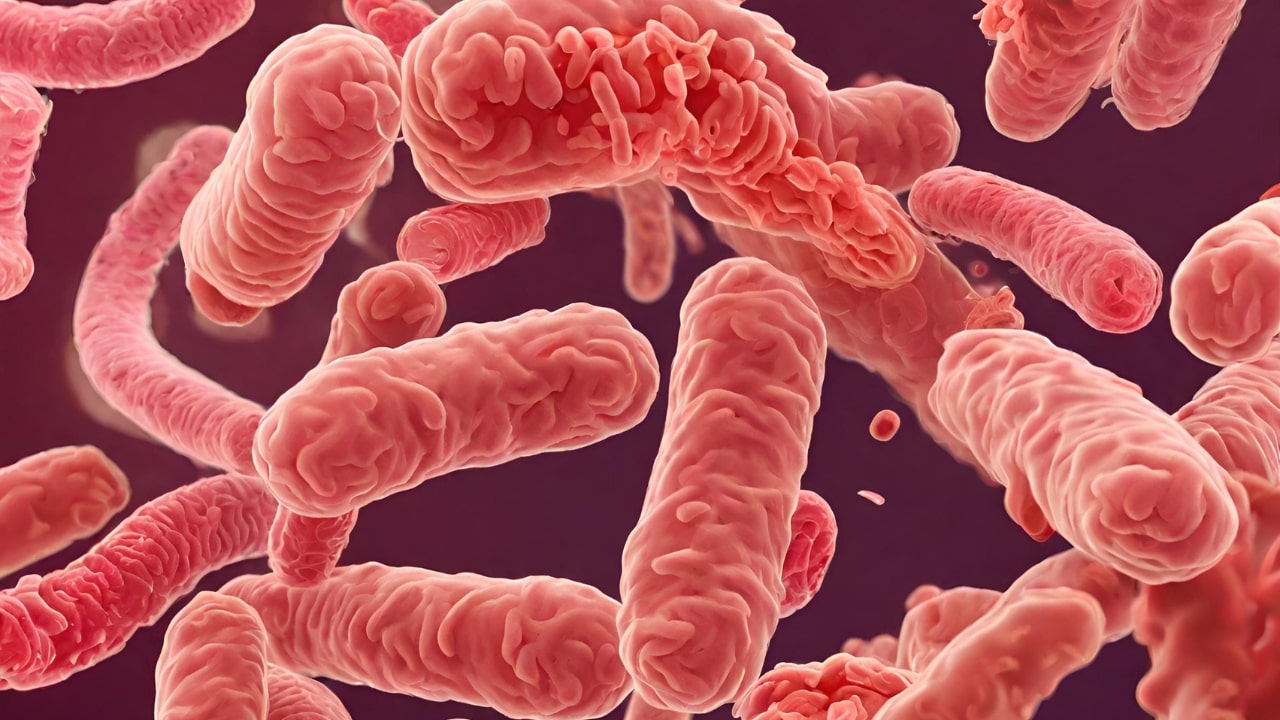I want to emphasize the vital importance of live cultures in our F-being. These microorganisms, encompassing both bacteria and yeasts, are not just beneficial but essential to our overall health, particularly for maintaining a robust gut microbiome.
In my professional experience, I’ve seen firsthand how these trillions of tiny microbes in our gut significantly influence not only our physical health but also our emotional well-being. My research and practice continually underscore the profound connection between a balanced gut microbiome, fostered by these live cultures, and various aspects of health.
Here, you will learn about many things, including:
- Live cultures, consisting of beneficial bacteria and yeasts, are crucial for maintaining a healthy gut microbiome and overall well-being.
- Live cultures are found in various fermented foods like yogurt, kefir, sauerkraut, and miso.
- Live cultures work through fermentation, transforming the food’s composition, and enhancing flavor, preservation, and nutritional value.
- Regular consumption of fermented foods and quality live culture supplements can enhance gut health.
Without further ado, let me provide you with the most important things to know about live cultures.
Definition of Live Cultures
Live cultures consist of active microorganisms, primarily bacteria, and yeasts, which are deliberately incorporated into foods for their health benefits. These microorganisms are often referred to as ‘good bacteria’ due to their positive impact on the gut microbiome, a critical aspect of general digestive health.
The inclusion of live cultures in our diet plays a significant role in maintaining the balance and functionality of our gut’s ecosystem. Yeasts, another form of live cultures, also contribute significantly to the diversity and efficiency of our gut microbiome.
These yeasts, along with bacteria, work symbiotically to enhance gut health, playing a pivotal role in nutrient absorption, digestion, and the overall health of the gastrointestinal system. Live cultures are not a modern invention but have been part of human diets for thousands of years through fermented foods.
The process of fermentation, aided by these live cultures, not only preserves the food but also enhances its nutritional value. The live microorganisms transform the food’s chemical composition, making certain nutrients more bioavailable and introducing new beneficial compounds.
The impact of these live cultures extends beyond the gut, influencing the body’s overall well-being. They play a role in strengthening the immune system, regulating metabolism, and even impacting mood and mental health.
How Live Cultures Work
Live cultures function primarily through the process of fermentation, a biological phenomenon that significantly alters the foods they inhabit. During fermentation, live cultures, such as bacteria and yeasts, metabolize the natural sugars present in foods.
This metabolic process results in the production of various compounds, most notably lactic acid in the case of lactic acid bacteria like Lactobacilli. The production of lactic acid is a key aspect of how live cultures preserve food. This acid creates an environment that is hostile to harmful bacteria, thus acting as a natural preservative.
Lactic acid is not the only by-product of this fermentation process. Depending on the type of microorganism and the food it ferments, a variety of other substances can be produced, including alcohol, carbon dioxide, and other organic acids.
These by-products contribute to the unique flavor profiles and textures of fermented foods. For example, the carbon dioxide produced by yeast in sourdough bread leads to its characteristic rise and airy texture, while the complex flavors of various cheeses are largely due to the specific strains of Lactobacilli used.
Live cultures also impact the nutritional value of foods. Fermentation can increase the availability of certain nutrients, making them easier for the body to absorb. It can also reduce the presence of anti-nutrients, compounds that can interfere with the absorption of essential nutrients.
Common Types of Live Cultures
Live cultures, the beneficial microorganisms in our diet, come in various types, each playing a unique role in fermenting foods and contributing to their health benefits. Some of the most common live cultures found in foods include Lactobacillus, Bifidobacterium, and Saccharomyces.
These microorganisms are present in a diverse array of fermented foods, each imparting its distinct characteristics and health advantages to the food it ferments.
| Live Culture | Found in Foods Like | Key Contributions |
|---|---|---|
| Lactobacillus | Yogurt, Kefir, Sauerkraut, Cheese | Aids in lactose digestion, enhances flavor and texture |
| Bifidobacterium | Yogurt, Kefir, Tempeh | Supports gut health, improves digestion |
| Saccharomyces | Sourdough Bread, Kombucha | Fermentation agent, contributes to bread rise and kombucha fizziness |
| Streptococcus thermophilus | Yogurt, Cheese | Enhances yogurt texture, aids in cheese fermentation |
| Leuconostoc | Sauerkraut, Kimchi | Contributes to the tangy flavor, helps in fermentation |
| Pediococcus | Sausages, Salami, Sour Vegetables | Used in meat fermentation, contributes to sour vegetable flavor |
| Aspergillus | Miso, Soy Sauce | Responsible for fermenting soybeans, imparts umami flavor |
| Lactococcus | Cheese, Kefir | Involved in cheese making, adds to kefir’s creaminess |
In fermented soybean products like miso and natto, specific strains of bacteria such as Aspergillus are used, which contribute to the unique flavors and textures of these foods. Similarly, in the fermentation of sauerkraut and kimchi, Leuconostoc species play a significant role in developing the characteristic tangy taste.
Tips for Consuming Live Cultures
Adding live cultures into your diet is a beneficial step towards improving gut health and overall well-being. Here are some effective strategies to increase your intake of these beneficial microorganisms:
Regular Consumption of Fermented Foods
Incorporate a variety of fermented foods into your diet. This can include yogurt, kefir, kimchi, miso, and tempeh. Each of these foods contains different strains of live cultures, providing a range of health benefits.
Experiment with different types of fermented foods to find the ones that suit your taste preferences and dietary needs.
Inclusion in Meals
Try to include fermented foods in your daily meals. For example, you could start your day with yogurt or kefir, include sauerkraut or kimchi as a side dish for lunch or dinner, or use miso as a base for soups and sauces. For lunch, you can add some pickles.
This not only enhances the flavor of your meals but also ensures a regular intake of live cultures.
Opt for Live Culture Supplements
If your diet is lacking in fermented foods, gut health supplements can be a convenient alternative. Live culture supplements, often known as probiotics, can help maintain a healthy balance of gut bacteria. It is recommended to take these supplements in the morning on an empty stomach, as this can enhance their survival rate through the digestive tract.
High temperatures can destroy live cultures. Therefore, it’s advisable to avoid consuming hot foods or drinks immediately before or after taking live culture supplements to preserve the microorganisms’ viability. Sometimes, using these with d-mannose can enhance the benefits, especially when it comes to UTIs.
Choose Quality Supplements
Not all supplements are created equal. When selecting live culture supplements, look for products that have been scientifically researched and contain well-documented strains of live cultures. This ensures that you are consuming a product that is likely to be effective.
Check for CFU Counts
The effectiveness of a probiotic supplement is often determined by its CFU (colony-forming units) count. Choose a supplement with a CFU count that aligns with your health needs. Higher CFU counts are not always better; sometimes, a lower count of specific strains can be more beneficial.
Benefits of Live Cultures
The inclusion of live cultures in our diet brings a multitude of health benefits that have been recognized for thousands of years. Here’s a detailed look at the various ways in which these beneficial microorganisms can enhance our health:
| Health Benefit | Description |
|---|---|
| Supporting Digestion | Aids in breaking down food, especially lactose in dairy. |
| Boosting Cardiovascular Health | Lowers LDL cholesterol and blood pressure, supporting heart health. |
| Enhancing Metabolic Health | Improves blood sugar regulation and insulin sensitivity. |
| Strengthening the Immune System | Enhances body’s defense against infections and diseases. |
| Protection Against Harmful Bacteria | Maintains gut balance, creating a hostile environment for pathogens. |
| Maintaining a Balanced Gut Microbiome | Regular intake linked to improved mental health and digestion. |
| Mental Health and Mood Regulation | Potentially influences mood and mental health. |
| Reducing Inflammation | Supports a healthy gut to combat systemic inflammation. |
| Longevity and Overall Well-being | Contributes to longer life and overall health. |
Risks and Precautions With Live Cultures
While the benefits of live cultures in promoting gut health and overall well-being are widely recognized, there are certain risks and precautions that need to be considered, especially for specific groups of individuals and in certain health conditions.
Individuals with Compromised Immune Systems
People with weakened immune systems, such as those undergoing chemotherapy, living with HIV/AIDS, or having other conditions that affect immunity, should exercise caution. Live cultures, while beneficial for most, can pose a risk of infections for these individuals.
The introduction of even beneficial bacteria into a compromised system can lead to unintended consequences.
Those with Certain Health Conditions
Individuals with certain pre-existing health conditions, such as severe pancreatitis, leaky gut syndrome, or those with a history of heart valve infections, should consult with healthcare professionals before consuming live culture-rich foods or supplements. In some cases, these conditions can be exacerbated by the introduction of live cultures into the diet.
Consultation with Healthcare Professionals
It is advisable for anyone considering adding live culture supplements to their diet, especially if taking other medications or having underlying health issues, to consult with a healthcare professional. This ensures that the supplements will not interfere with existing treatments or conditions.
Selecting Quality Products
Not all products containing live cultures are created equal. It’s important to choose supplements and fermented foods that are backed by scientific research and contain clinically proven strains of live cultures.
Some products may not have live cultures in adequate amounts to confer health benefits, while others might not contain the specific strains that are most beneficial for particular health needs.
FAQs
How many live cultures is good?
The ideal amount of live cultures, often measured in CFUs (colony-forming units), varies depending on individual health needs and the specific strains of bacteria. Generally, doses ranging from 1 billion to 10 billion CFUs per day are common for general health maintenance. Consult a healthcare provider for personalized recommendations.
Can I eat live cultures when pregnant?
Consuming live cultures, such as those in yogurt and some fermented foods, is generally considered safe during pregnancy. These foods can aid in digestion and support gut health. However, it’s important to avoid unpasteurized fermented foods to reduce the risk of harmful bacterial exposure. Always consult with a healthcare provider for dietary advice during pregnancy.
Is 40 billion probiotic too much?
A dose of 40 billion CFUs is typically considered high but can be appropriate for specific health conditions or under the guidance of a healthcare professional. High-dose probiotics are often used for particular gastrointestinal issues. For general health, lower doses are usually sufficient.
Can I eat yogurt with live cultures every day?
Yes, you can eat yogurt with live cultures every day. It’s a healthy way to incorporate beneficial bacteria into your diet. Yogurt is also a good source of protein, calcium, and other nutrients. However, be mindful of the sugar content in flavored yogurts and opt for plain varieties when possible.
Epilogue
I always emphasize the significance of selecting high-quality products and consuming them in the right way to maximize their benefits. It’s not just about including these microorganisms in your diet, but ensuring they are from reliable sources and taken in a manner that preserves their efficacy.
From my perspective, a diet rich in live cultures is a cornerstone of gut health, contributing significantly to a balanced and healthy gut microbiome. This, in turn, reflects positively on overall health and wellness.
Related Posts:
- How Do You Fix a Leaking Gut: Gut Healing Simplified
- Probiotics and Mental Health: The Gut-Brain Connection
- When Is The Best Time to Eat Sauerkraut For Gut Health?
- 10 Best Gut Health Supplements in 2024 - Expert Picks
- How to Starve Bad Gut Bacteria: The Inside Battle
- 6 of the Best Types of Yogurt for Probiotics:…




















